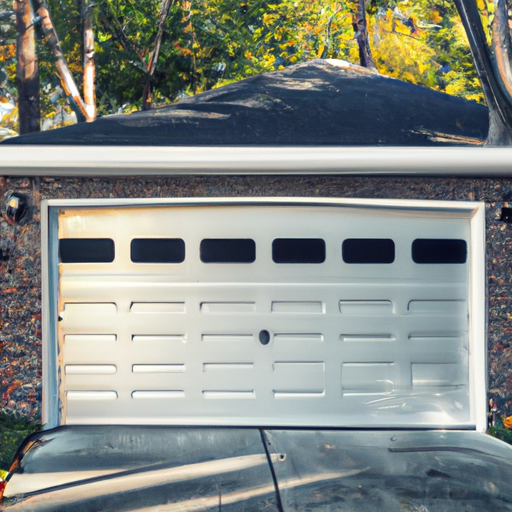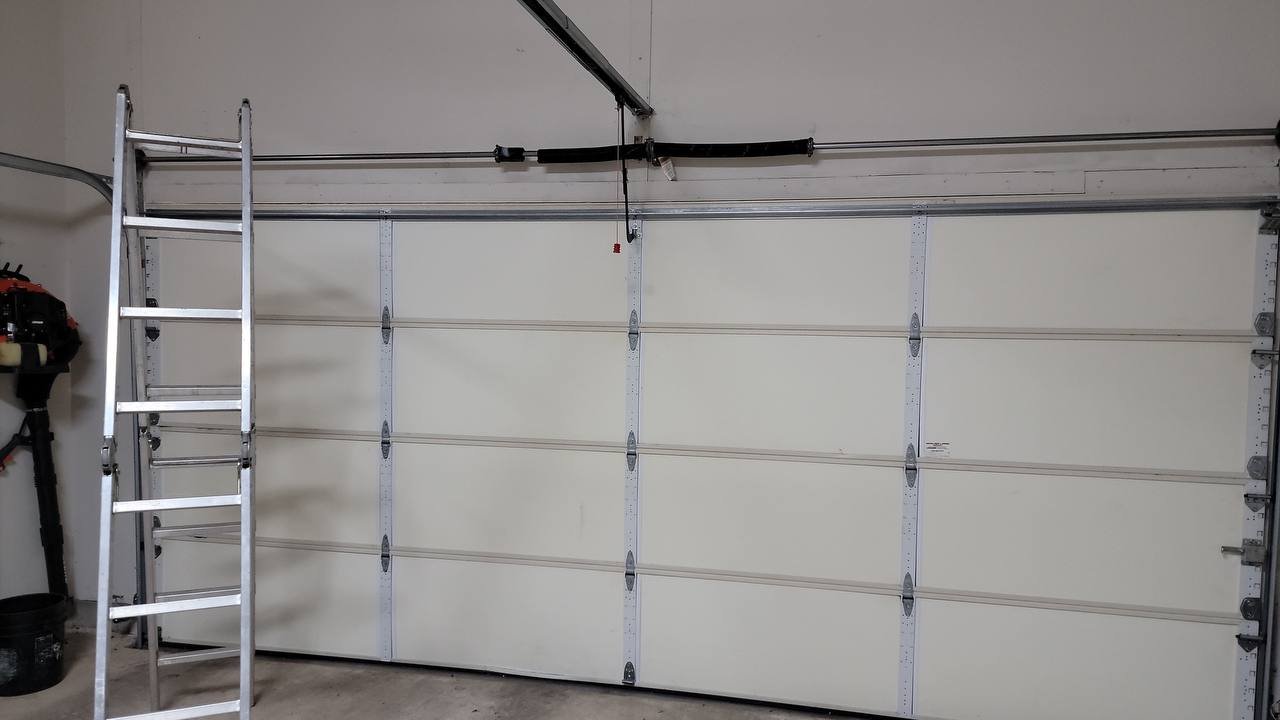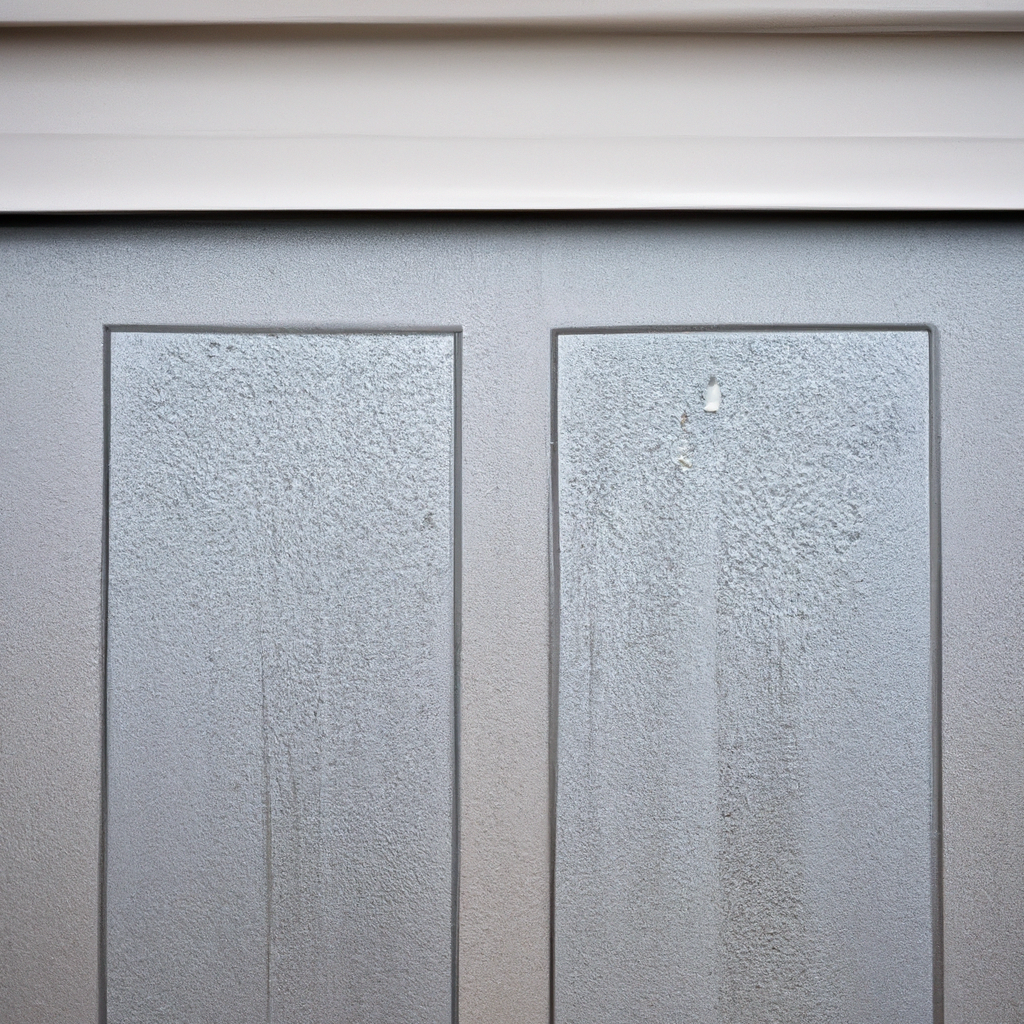Smart garage systems and Summit, NJ: a practical safety primer
Homeowners in Summit, NJ are adding smart garage systems for convenience and security. But new technology brings new risks if safety isn’t built in. This guide explains how to improve safety for smart garage systems with clear, local-first steps you can use today.
Why safety matters for smart garage systems
A smart garage system links garage doors, sensors, and your home network. That connectivity is powerful, but it also expands the attack surface for failures, vandalism, or weather-related problems. Improving safety for smart garage systems reduces the chance of accidental injuries, break-ins, and equipment damage.
Key risks to watch for
- Network exposure — weak router or default passwords can expose your garage access.
- Mechanical failure — worn springs, frayed cables, or misaligned tracks can cause collapse.
- Sensor blind spots — obstructed photo-eyes or dirty sensors can fail to stop a closing door.
- Power and battery backups — outages can trap cars or leave doors unsecured.
Practical steps to improve safety for smart garage systems
Follow a few targeted checks to raise safety quickly. These steps cover electrical, mechanical, and cyber hygiene for smart garage systems.
1. Secure the network layer
- Change default passwords on the smart garage hub and any connected cameras. Use unique, strong passwords or a password manager.
- Enable WPA3 or at least WPA2 on your router and put IoT devices on a separate guest SSID when possible.
- Keep device firmware updated. Manufacturers release security patches; apply them promptly.
2. Test sensors and auto-reverse
Every few months, test the photo-eye sensors and the door’s auto-reverse feature. Place a 2×4 across the threshold and close the door — it should reverse on contact. If it doesn’t, disconnect the smart control and schedule a mechanical check.
3. Maintain mechanical parts
- Inspect springs, cables, rollers, and tracks twice a year. Look for rust, fraying, or unusual slack.
- Lubricate moving parts with a garage-door lubricant recommended by the manufacturer.
- Do NOT attempt spring replacement yourself. Torsion springs are dangerous; hire a trained residential service technician.
4. Add redundancy and local control
- Install a battery backup on the opener so the door can operate during power outages common in NJ storms.
- Keep a local manual release accessible and teach family members how to use it safely.
- Use local notifications in addition to cloud alerts so you can receive status updates even with intermittent internet.
Smart features that boost safety
Not all smart garage systems are equal. Choose features that actively improve safety rather than just convenience.
Preferred safety features
- Two-factor authentication for app access.
- End-to-end encryption between the hub and cloud services.
- Geo-fencing limitations (auto-lock or disable remote open when away).
- Local logging so you can review open/close events without relying solely on cloud history.
For homeowners unsure which features their system supports, our detailed posts explain trade-offs and recommended upgrades — see our blog for local guidance and product notes.
Preparing for Summit weather and emergency situations
Summit sees heavy rain, snow, and the occasional coastal storm influence. Weather creates mechanical and electrical stresses that affect smart garage systems.
Cold and snow tips
- Insulate the garage door to avoid ice buildup and to protect sensors from condensation.
- Clear tracks and the threshold of ice and debris to prevent binding.
- Use a heated, weatherproof enclosure for vulnerable electronics where practical.
Storm preparedness
- Install a battery backup and test it monthly during winter and storm seasons.
- Document manual release steps and post them near the main door inside the garage for quick access.
- Have a local repair plan: contact a Summit residential service provider early after a storm to avoid delays.
If you need a technician after a severe weather event, reach out through our contact page to schedule a local inspection and emergency service.
Upgrades and when to call a pro
Many safety improvements are simple, but some require professional skills. Call a certified technician for spring replacement, cable repair, or opener motor work.
Signs you need professional help
- Loud banging or grinding during operation.
- Door drifts to one side or binds in the track.
- Auto-reverse fails or sensors are misaligned after testing.
- Repeated network dropouts affecting the smart controller despite a healthy home Wi‑Fi.
For home improvement projects that include new smart garage systems or full-door replacement, compare service quotes and warranties. A quality residential service will provide written estimates and explain permit needs for structural changes.
To explore local service options and safety-focused installations, review our services page for Summit-specific offerings.
Routine checklist for homeowners
- Monthly: Check app access, test door operation, inspect visible cables and tracks.
- Every 3 months: Test auto-reverse with an object, verify battery backup status.
- Twice a year: Schedule a mechanical safety inspection, especially after winter.
- After storms: Inspect electronics and run a full operational test before leaving the garage unattended.
Final thoughts
Smart garage systems offer great convenience for Summit, NJ homeowners, but safety requires attention to both the digital and the physical components. Regular checks, sensible network hygiene, and timely professional maintenance keep your system reliable and your family safe.
Frequently Asked Questions (Summit, NJ)
Q: How does Summit weather affect smart garage systems?
A: Cold and moisture can freeze tracks and corrode sensors. Insulate the door, clear snow from tracks, and test the auto-reverse after storms to ensure safe operation.
Q: How long does a safety inspection take and what’s a typical timeline?
A: A trained technician can complete a full safety inspection in 45–75 minutes. If repairs are needed, common fixes are done the same day; spring replacements may require a scheduled follow-up.
Q: What price range should Summit homeowners expect for safety upgrades?
A: Small upgrades (battery backup, sensor replacement) typically run $100–$400. Major mechanical work (springs, new opener) ranges from $300–$1,200 depending on door size and model.
Q: Do I need a permit in Summit to replace a garage door or opener?
A: Most residential door replacements don’t need a permit, but structural changes to the opening do. Ask your contractor to confirm and pull permits if required.
Q: Are warranties affected by DIY installation of smart features?
A: Yes. Many manufacturers void parts of the warranty if installation isn’t performed by an authorized residential service. Keep installation records and receipts for warranty claims.
Helpful local resources in Summit, NJ
- Garage Door Repair Hoboken
- Garage Door Repair Montclair
- Garage Door Repair Westfield
- Garage Door Repair Summit
- Garage Door Repair Maplewood
- Garage Door Repair Livingston
- Garage Door Repair Short Hills
- Garage Door Repair Princeton
- Garage Door Repair Red Bank
- Garage Door Repair Morristown
- Garage Door Repair Chatham
- Garage Door Repair Mendham
- Garage Door Repair Bernardsville
- Garage Door Repair Bedminster
- Garage Door Repair Clinton
- Garage Door Repair Tenafly
- Garage Door Repair Ridgewood
- Garage Door Repair Upper Saddle River
- Garage Door Repair Wyckoff
- Garage Door Repair Basking Ridge
- Garage Door Repair South Orange
- Garage Door Repair Teaneck
- Garage Door Repair Fort Lee
- Garage Door Repair East Brunswick
- Garage Door Repair Montvale
- Garage Door Repair Haddonfield
- Garage Door Repair Marlboro
- Garage Door Repair Cranford
- Garage Door Repair Voorhees
- Garage Door Repair North Caldwell



